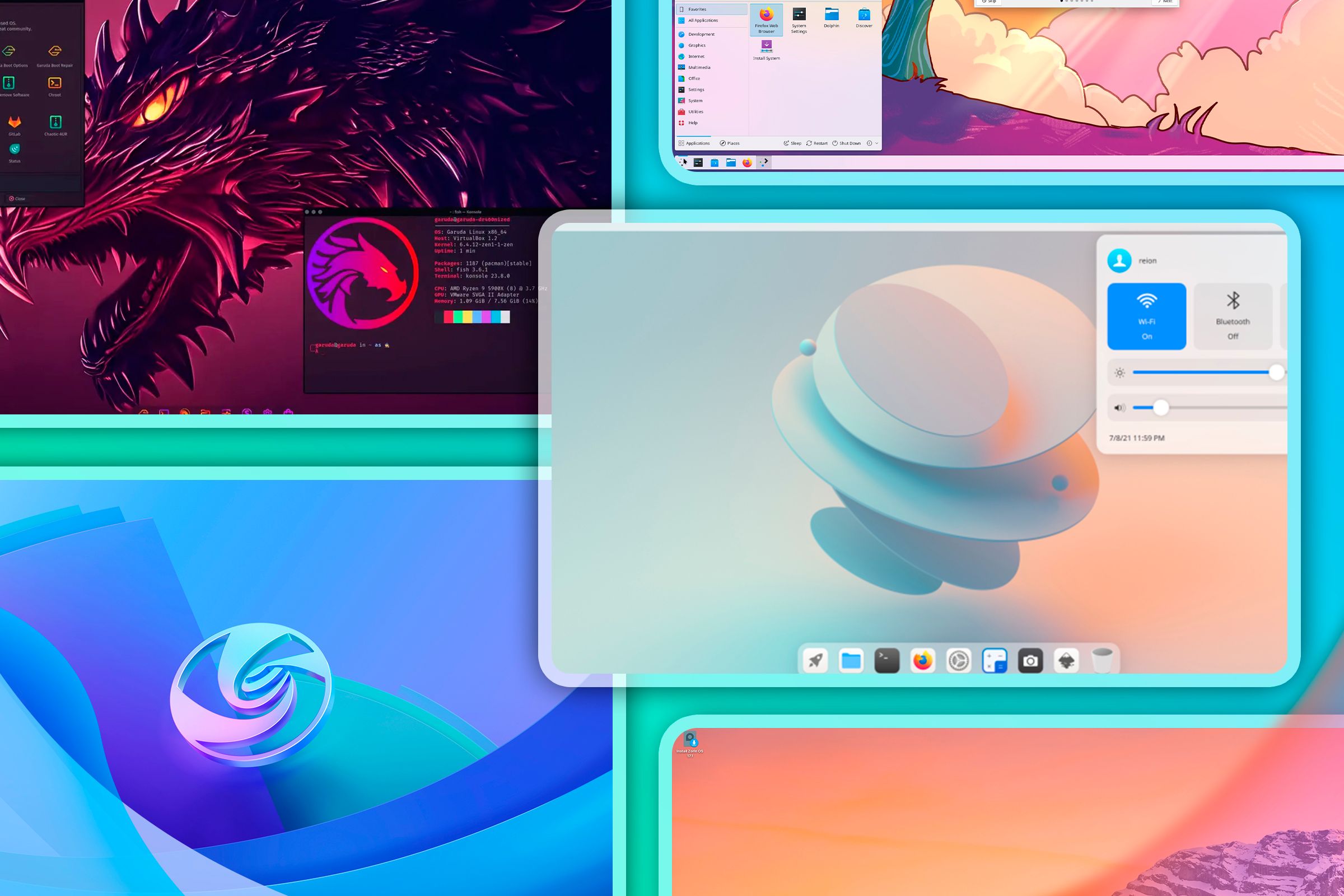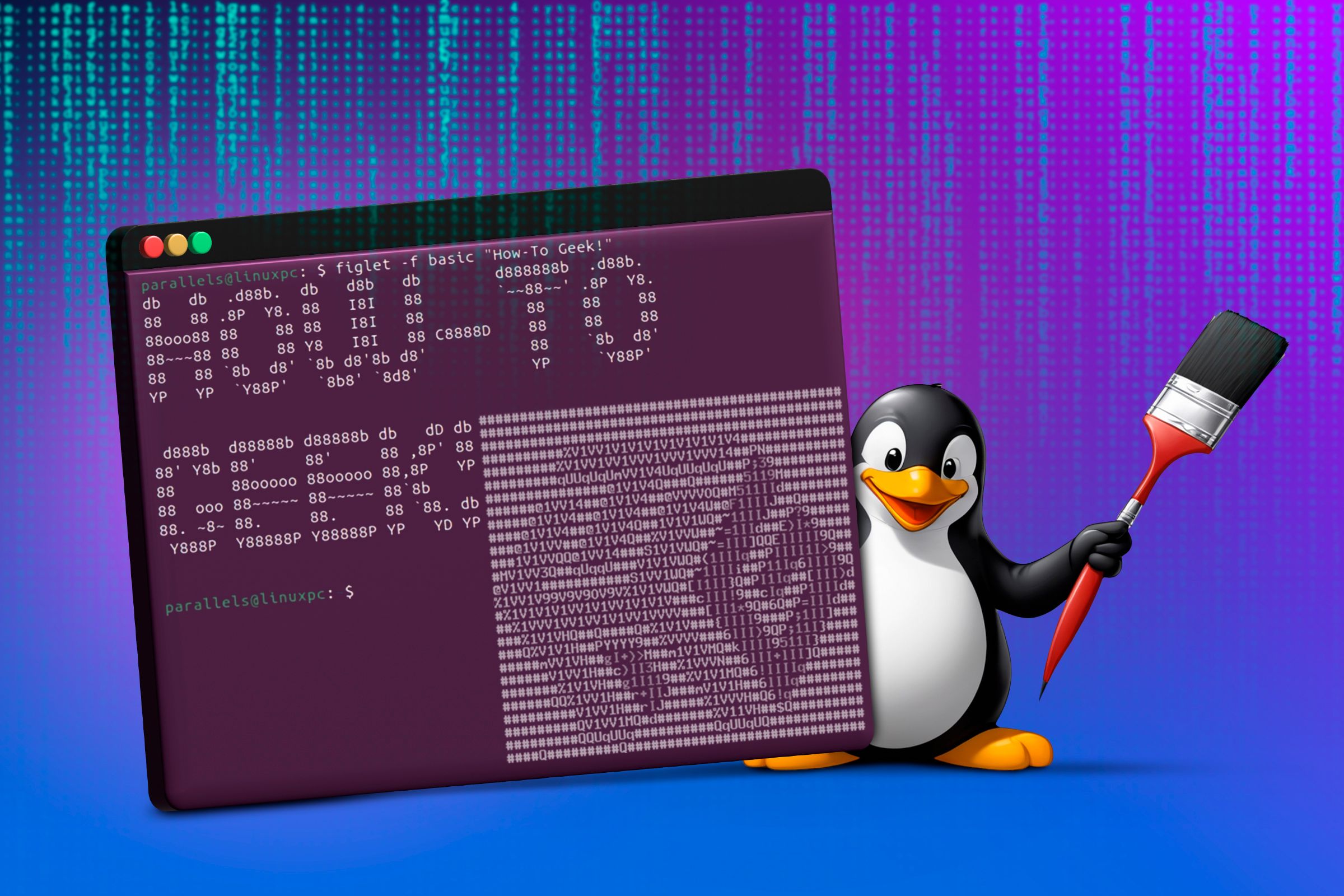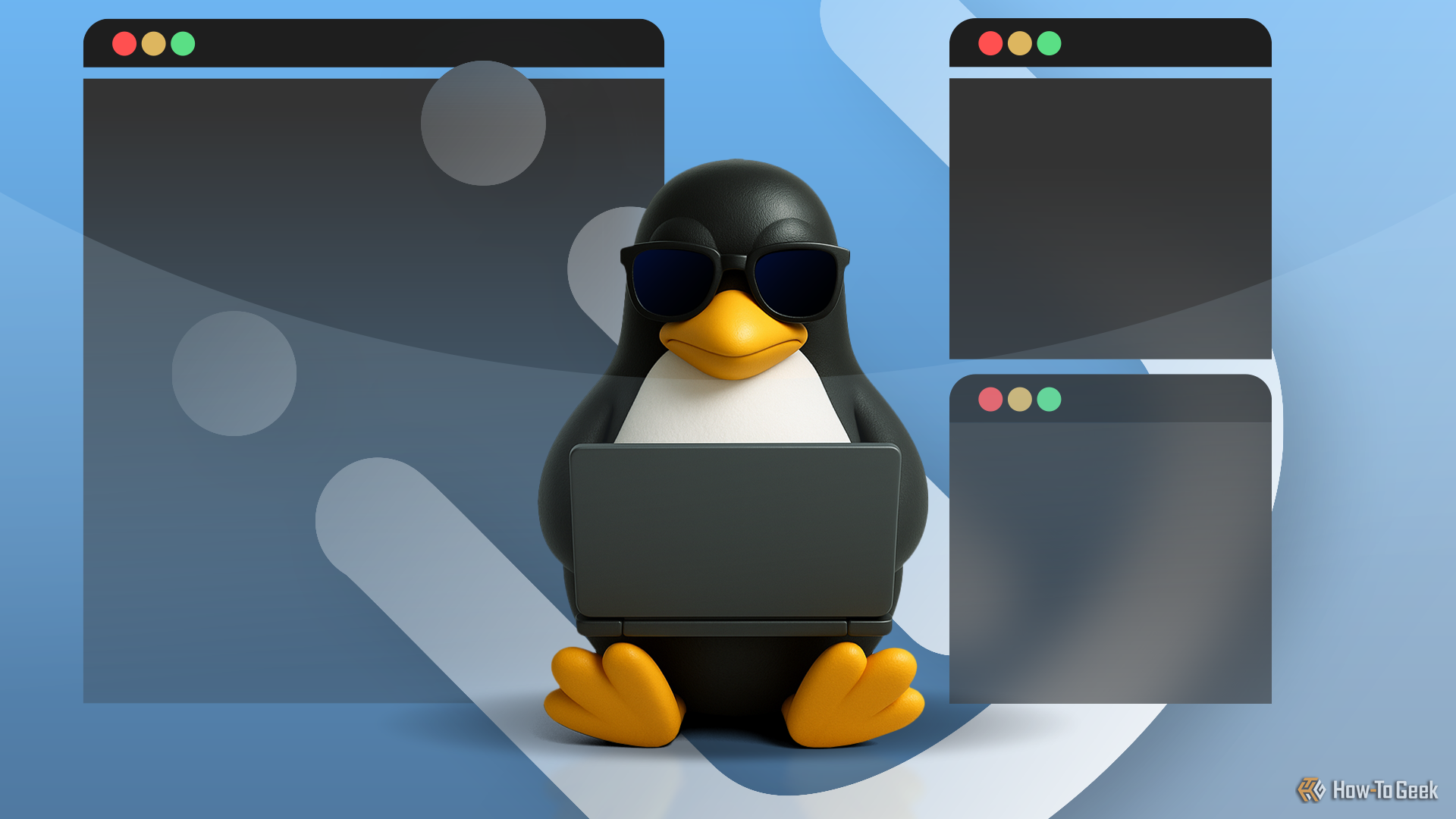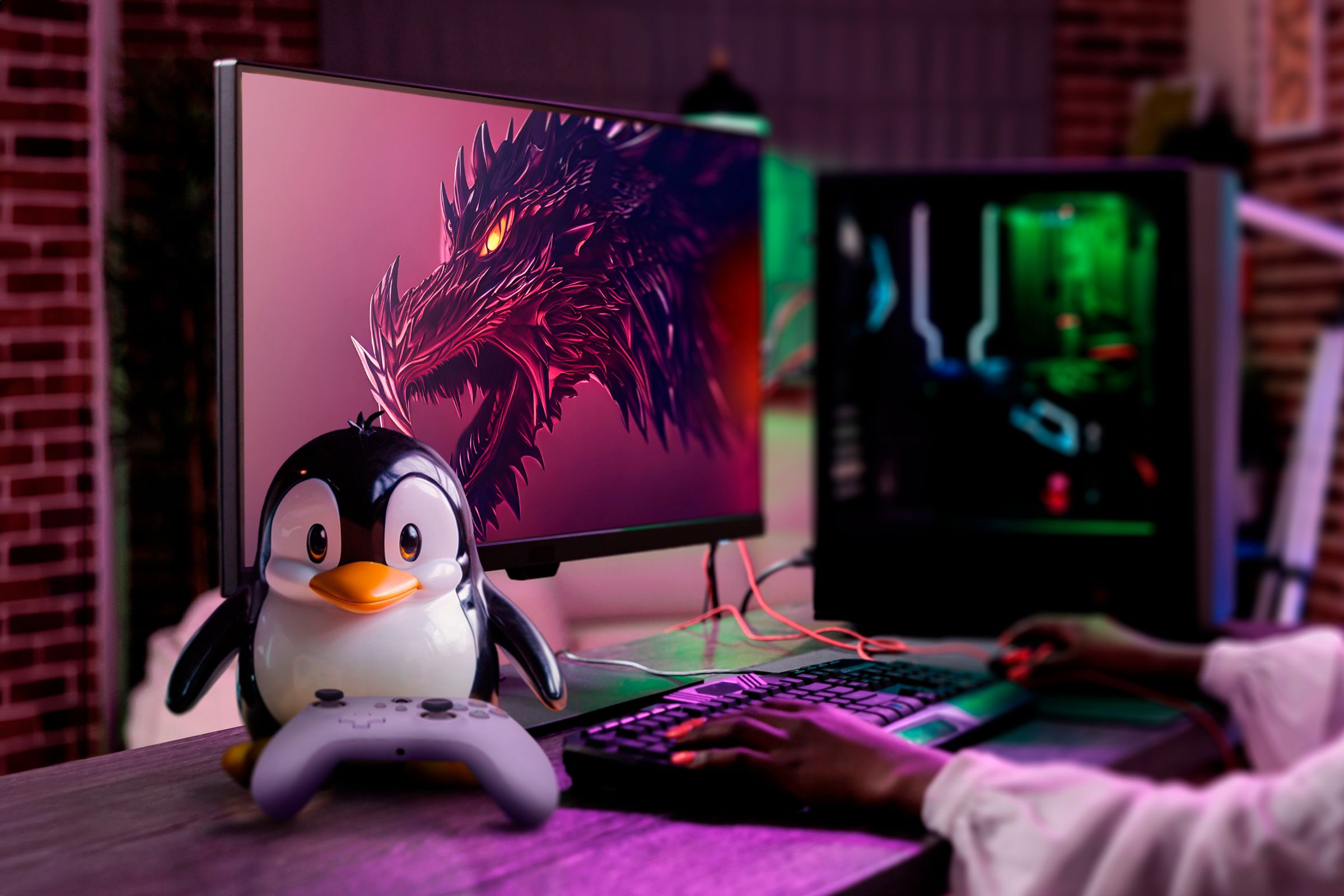Why My Kids’ First PC Will Run Linux

Wondering how to prepare your child for a future where technical literacy matters more than ever? While giving them a computer is definitely a start, I believe the choice of operating system will play a more important role. That’s why my kids’ first PC will run Linux.
Most parents, when it’s time to buy their child a computer, default to the mainstream options: a Mac or a PC. Now, there is nothing fundamentally wrong with these options, as both are very capable operating systems that can get the job done. However, for my children, I am not looking for a tool that just works, but rather a learning experience that also teaches them how it works—not to mention helping them develop some crucial soft skills along the way. Here’s why I believe Linux is the perfect candidate for this tall task.
For most kids today, their first computer is usually a Windows laptop or a MacBook, or maybe a Chromebook, where the operating system is designed to function in a particular way. You’re supposed to learn the OS, adapt yourself to its workflow, and ultimately use it to get to the apps you actually want. This is the conventional computing paradigm—the app is the destination, and the OS is just the bridge.
However, the choice of the OS is equally important—it’s not just a middleman between you and your apps! When reading a book, learning the information in the book is the end goal, but the ergonomics of the chair or desk where you’re sitting play a crucial role in how long you can study and even how much you retain. Similarly, with computers, the OS is not just a bootloader for your favorite app—it actually influences your overall productivity and efficiency with the system.
Having control over the OS and the ability to optimize it to suit your preference is really important—and that’s exactly what you get with Linux. You have complete customization control to tweak and optimize the default workflow to suit your preferences. For example, if you don’t enjoy how Ubuntu works, you can customize it to look and feel like Windows, macOS, or a combination of the best elements from both OSes. You’re not forced to learn and adapt to the unique quirks of the OS—instead, you fine-tune the OS to fit how you think and work.
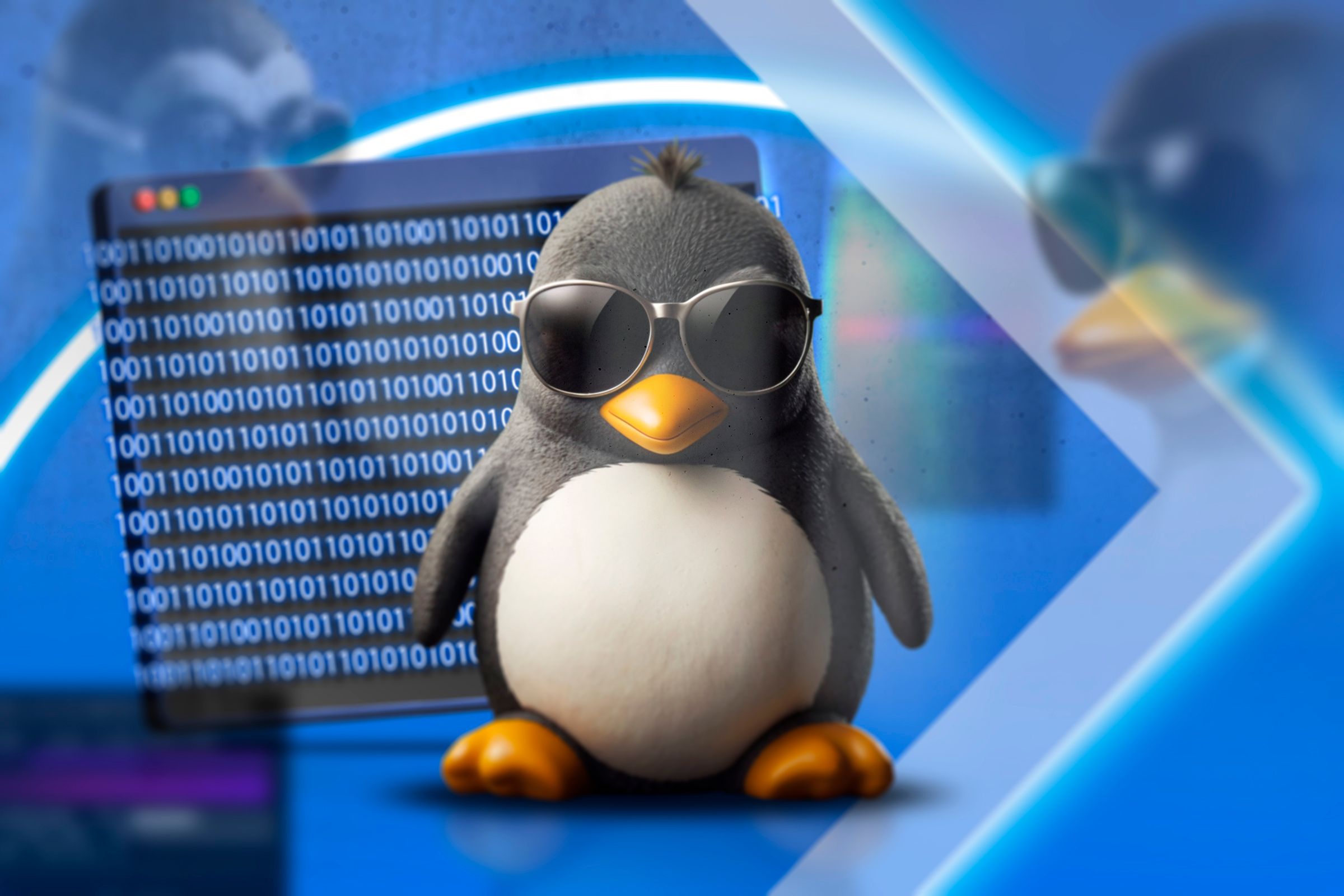
Related
These 5 Distros Show How Customizable Linux Really Is
Linux lets you bend it to your will.
This is a lesson in agency, creativity, and understanding that routines aren’t set in stone. Realizing you’re not stuck in a game with some fixed set of rules, but that the rules themselves can be changed to suit your specific strengths is, I feel, a profound lesson one can learn by using Linux. It’s the kind of lesson I want my kids to carry with them, whether they’re using a computer, building something new, or just navigating everyday life.
4
They’ll Become More Comfortable With Technology
Most modern operating systems are designed to be as easy to use as possible. The idea is to hide most technical aspects behind a smooth, intuitive graphical interface, so that anyone can jump in, get things done, and never have to think about how anything actually works under the hood. That’s usability 101, and honestly, it’s what makes modern computing so accessible.
However, there’s a downside to hiding all the complexity. If you only ever use the surface layer, you never really develop a sense of how things work underneath. It’s kind of like heating already prepared meals and calling it cooking. You’ll never truly understand why they taste the way they do (whether good or bad) or know how to improvise the dishes when something goes wrong.
Now, Linux provides an excellent balance between technical exposure and ease of use. On the surface, you get all the graphical tools and user-friendly features you need—so you’re rarely forced to get your hands dirty and use the terminal. However, right beneath that, there’s a world of technical depth waiting for you. As you get more comfortable, you naturally start exploring the technical side—running commands, installing software via the terminal, editing config files, or troubleshooting when something doesn’t work as expected. This slow and voluntary exposure builds the technical fluency necessary for the future.
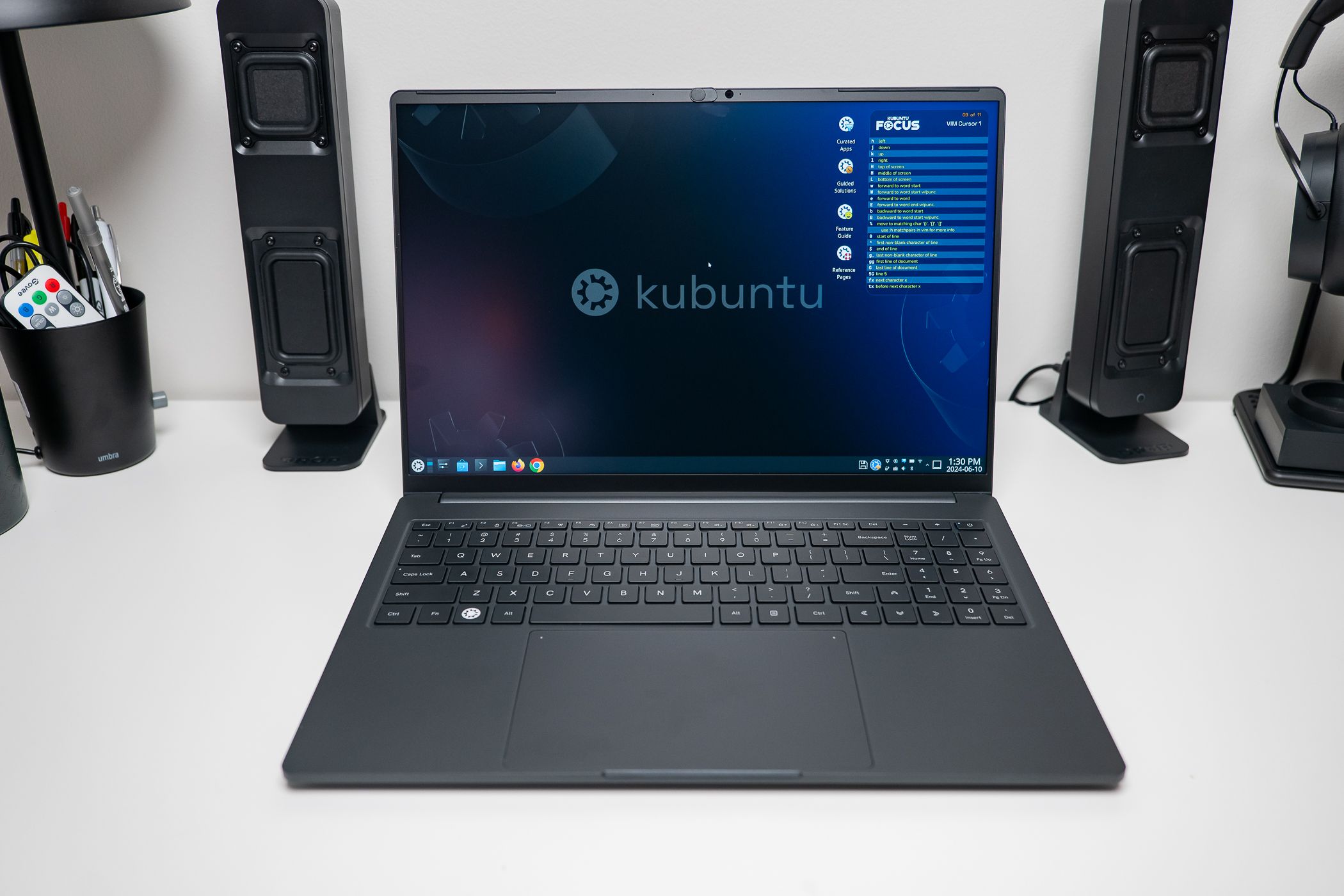
Related
Why Linux Is the Best Place to Learn Coding
What’s great for programming pros is good enough for beginners.
The world will only get more digitized—with more code, more automation, and more technical stuff all around us. I want my kids to be ready for this future and not feel lost or overwhelmed when they see long alphanumeric strings or words and numbers inside nested parentheses. I want them to be ready for this tech-heavy future, and early exposure to Linux will be an excellent foundation to build on.
3
They’ll Become Better at Problem-Solving
Linux rewards curiosity and initiative. If my kids want to do something creative or unique with their system—like adding a custom script, setting up advanced shortcuts, or trying out a new tiling window manager—they’ll rarely find a glossy, step-by-step visual guide that matches their exact needs. Even when there are YouTube videos, they’ll rarely cover the specific tweak or set up my kids might want.
This means that if they want ownership over their system, they need to learn how to do research, which includes reading text-heavy technical documentation and navigating online forums. It’s a very scattered process where you gather bits of information from different places—maybe a few blog posts, a couple of forum threads, and a dozen Reddit comments—and then piece everything together to figure out what you need to do. It’s rarely straightforward, and that’s exactly the point! It’ll teach my kids to be more comfortable reading, researching, and synthesizing information, not just mindlessly copying ready-made guides.
It’s an indispensable skill, because most real-world problem-solving follows this exact process. Whether they become a lawyer, an engineer, a writer like their old man, or anything else—the ability to do independent research and find working solutions is what sets self-starters apart. With Linux, my kids learn early on that if they want to make something truly unique and their own, they can’t just wait for instructions—they have to go out, learn, experiment, and make it happen themselves!
2
They’ll Learn Computer Science While Playing Video Games
Going back to the previous point, if my kids want to do something new or advanced on Linux, they need to do some heavy research to make it happen. The question now becomes: what would motivate them to do that extra work instead of just giving up? That’s where video games come in!
Linux gaming is better than ever right now—thanks to the Steam Deck and the Proton compatibility layer, dozens of Windows games run seamlessly on Linux. However, not all games are plug and play. Every so often, I’m sure my kids will want to play a game that isn’t rated Platinum for Linux (the ProtonDB rating for games that work flawlessly), and that needs some technical tinkering to get it running.
So, when a game doesn’t work out-of-the-box, they immediately have a strong incentive to figure out why. Sometimes it means editing config files, troubleshooting dependencies, or learning about how the game’s files are structured. Their desire to play the game will drive them to do the necessary research—read through forums, watch different tutorials, and piece together advice from scattered sources.
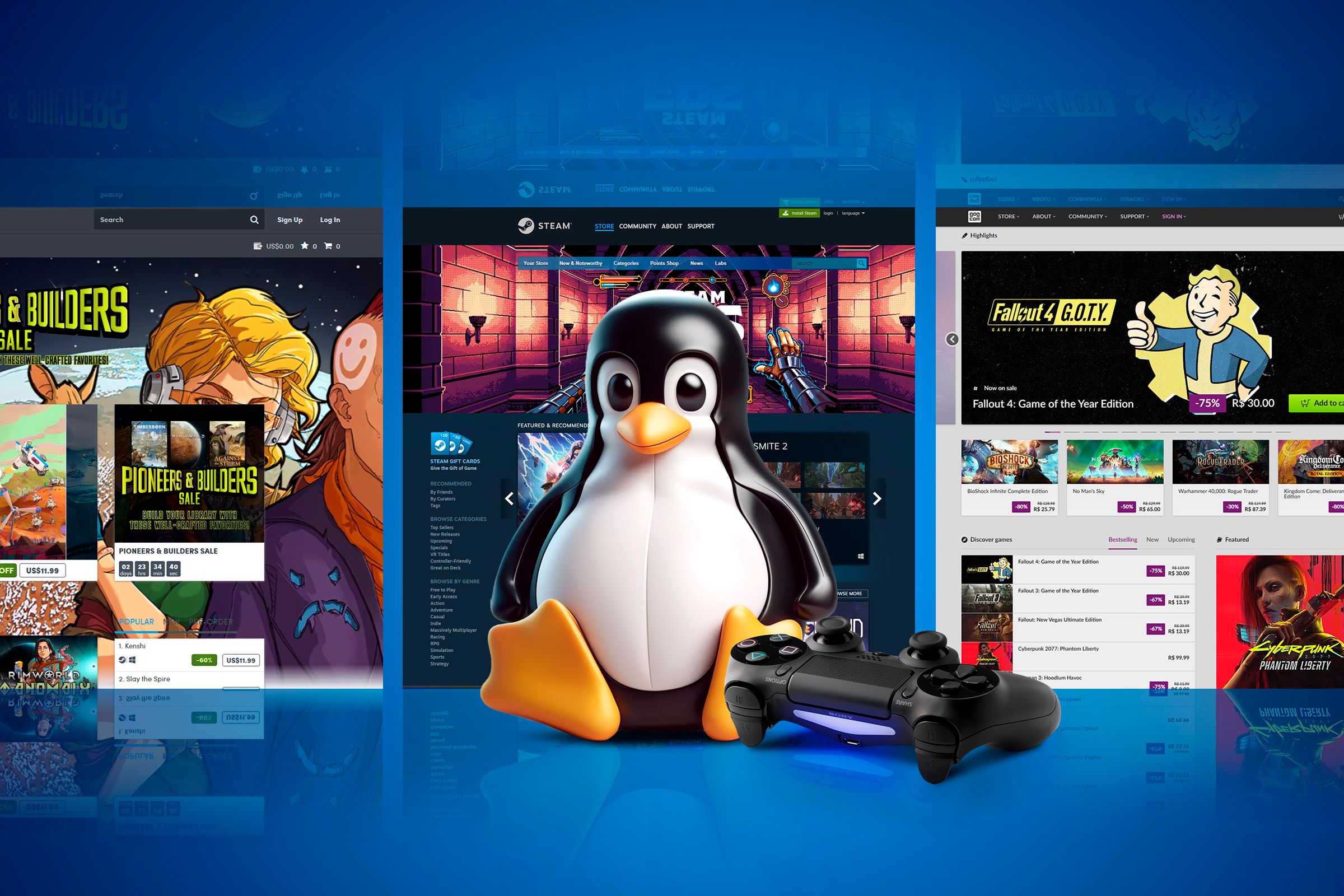
Related
7 Problems You’ll Likely Run Into Gaming on Linux
Gaming on Linux is easier than ever, but there are still gotchas to watch out for.
In other words, their drive to play games turns into an opportunity to experiment, troubleshoot, and gain hands-on exposure to how computers and software really work. Gaming, in this context, isn’t just fun—it’s the hook that keeps them curious and persistent in the face of technical problems. I can relax knowing that while they’re chasing their next win, they’re also picking up a bit of computer science along the way.
1
They’ll Learn the Importance of Individuality and Community
Most kids use Windows or Mac, so my decision to make my kids use Linux means they’re going to stand out. That’s not always easy—being different comes with its own set of challenges. However, I think it’s important that my kids learn early on that it’s okay, even valuable, not to blindly follow the flock. It’s a quiet lesson in agency and individuality, and in making choices that don’t just copy what everyone else is doing.
Linux is a platform built around choice and possibility. My kids’ systems will most likely look and work differently, naturally sparking curiosity among classmates and friends. Some might be genuinely interested in the Linux operating system, giving my kids a chance to teach and share. They’ll learn to communicate, to explain, and to help others—a kind of social leadership that doesn’t always come easily in tech.

Related
5 Things You Can Do on Linux but Not on Windows
There’s a reason why Linux is getting popular!
At the same time, being around kids who use Windows or Mac means my kids will be exposed to other ways of doing things—features or tricks they might want to bring to Linux. That curiosity turns into more research and experimentation, helping them continue building their technical proficiency.
Linux isn’t just for techies—it’s a powerful foundation for any kid to become more curious, capable, and self-sufficient in our digital world. My goal isn’t to raise future system administrators (though I wouldn’t be opposed to the idea), but to give my children the necessary tools and mindset such that when they encounter challenges—whether technical or otherwise—their first instinct is “How can I figure this out?” That’s the kind of independence and agency that will serve them well, no matter what path they choose. Which is exactly why my kids’ first PC will run Linux!
